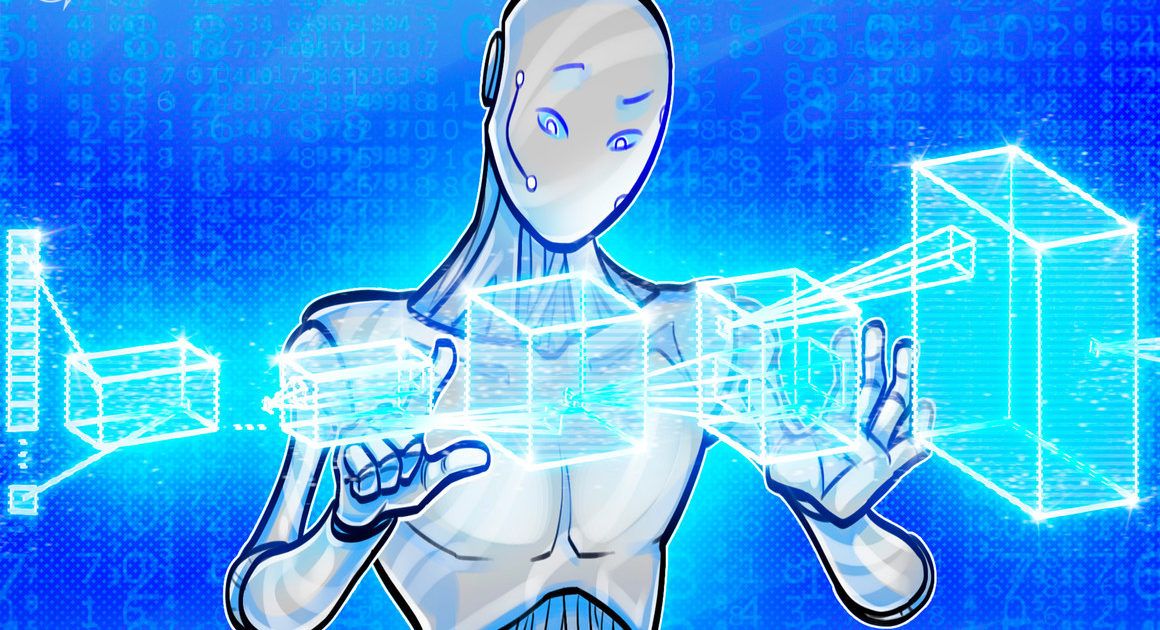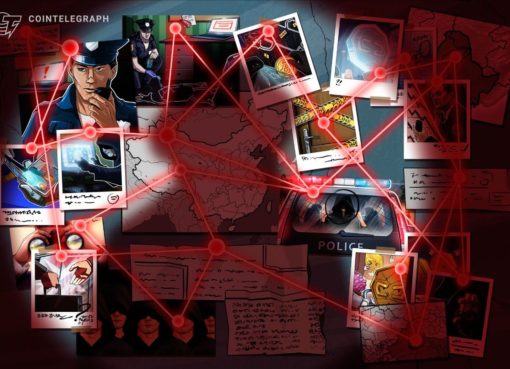OpenAI created the ground-breaking generative artificial intelligence (AI) model known as DALL-E, which excels at creating distinctive, incredibly detailed visuals from textual descriptions. DALL-E, in contrast to conventional picture creation models, can produce original images in response to given text prompts, demonstrating its capacity to comprehend and transform verbal concepts into visual representations.
During training, DALL-E makes use of a sizable collection of text-image pairs. It learns to associate visual cues with the semantic meaning of text instructions. DALL-E creates an image from a sample of its learned probability distribution of images in response to a text prompt.
The model creates a visually consistent and contextually relevant image that corresponds with the supplied prompt by fusing the textual input with the latent space representation. As a result, DALL-E is able to produce a wide range of creative pictures from textual descriptions, pushing the limits of generative AI in the area of image synthesis.
How does DALL-E work?
The generative AI model DALL-E can produce incredibly detailed visuals from verbal descriptions. To attain this capability, it incorporates ideas from both language and image processing. Here is a description of how DALL-E works:
Training data
A sizable data set made up of pairs of photos and their related text descriptions is used to train DALL-E. The link between visual information and written representation is taught to the model using these image-text pairs.
Autoencoder architecture
DALL-E is built using an autoencoder architecture, which is made up of two primary parts: an encoder and a decoder. The encoder receives an image and reduces its dimensions to create a representation called latent space. The decoder then uses this representation of latent space to create an image.
Conditioning on text prompts
DALL-E adds a conditioning mechanism to the conventional autoencoder architecture. This indicates that DALL-E subjects its decoder to text-based instructions or explanations while creating images. The text prompts have an impact on the appearance and content of the created image.
Latent space representation
DALL-E learns to map both visual cues and written prompts into a common latent space using the latent space representation technique. The representation of latent space serves as a link between the visual and verbal worlds. DALL-E can create visuals that correspond with the provided textual descriptions by conditioning the decoder on particular text prompts.
Sampling from the latent space
DALL-E selects points from the learned latent space distribution to produce images from text prompts. The decoder’s starting point is these sampled points. DALL-E produces visuals that correlate to the given text prompts by modifying the sampled points and decoding them.
Training and fine-tuning
DALL-E goes through a thorough training procedure utilizing cutting-edge optimization methods. The model is taught to precisely recreate the original images and discover the relationships between visual and textual cues. The model’s performance is improved through fine-tuning, which also makes it possible for it to produce a variety of high-quality images based on various text inputs.
Related: Google’s Bard vs. Open AI’s ChatGPT
Use cases and applications of DALL-E
DALL-E has a wide range of fascinating use cases and applications thanks to its exceptional capacity to produce unique, finely detailed visuals based on text inputs. Some notable examples include:
- Creative design and art: DALL-E can help designers and artists come up with concepts and ideas visually. It can produce appropriate visuals from textual descriptions of desired visual elements or styles, inspiring and facilitating the creative process.
- Marketing and advertising: DALL-E can be used to design distinctive visuals for promotional initiatives. Advertisers can provide text descriptions of the desired objects, settings or aesthetics for their brands, and DALL-E can create custom photographs that are consistent with the campaign’s narrative and visual identity.
- Interpretability and control: DALL-E has the capacity to produce visual material for a range of media, including books, periodicals, websites and social media. It can convert text into images that go with it, resulting in aesthetically appealing and interesting multimedia experiences.
- Product prototyping: By creating visual representations based on verbal descriptions, DALL-E can help in the early stages of product design. The ability of designers and engineers to quickly explore many concepts and variations facilitates the prototyping and iteration processes.
- Gaming and virtual worlds: DALL-E’s picture production skills can help with game design and virtual world development. It enables the creation of enormous and immersive virtual environments by producing realistically rendered landscapes, characters, objects and textures.
- Visual aids and accessibility: DALL-E can assist with accessibility initiatives by producing visual representations of text content, such as visualizing textual descriptions for people with visual impairments or developing alternate visual presentations for educational resources.
- Limited understanding of real-world constraints: DALL-E can help in the creation of illustrations or other visual components for the narrative. Authors can provide textual descriptions of objects or people, and DALL-E can produce related images to bolster the narrative and capture the reader’s imagination.
Related: What is Google’s Bard, and how does it work?
ChatGPT vs. DALL-E
ChatGPT is a language model designed for conversational tasks, while DALL-E is an image generation model capable of creating unique images from textual descriptions. Here’s a comparison table highlighting the differences between ChatGPT and DALL-E:
Limitations of DALL-E
DALL-E has constraints to take into account despite its capabilities in producing graphics from text prompts. The model might reinforce prejudices seen in the training data, possibly perpetuating stereotypes or biases within society. Beyond the supplied prompt, it struggles with subtle nuances and abstract explanations because it lacks contextual awareness.
The complexity of the model can make interpretation and control difficult. DALL-E often creates very distinct visuals, but it could have trouble coming up with other versions or catching all of the potential outcomes. It can take a lot of effort and processing to produce high-quality photographs.
Additionally, the model might provide absurd but visually appealing results that ignore limitations in the real world. To responsibly manage expectations and ensure the intelligent use of DALL-E’s capabilities, it is imperative to be aware of these restrictions. These restrictions are being addressed in ongoing research in order to enhance generative AI.




